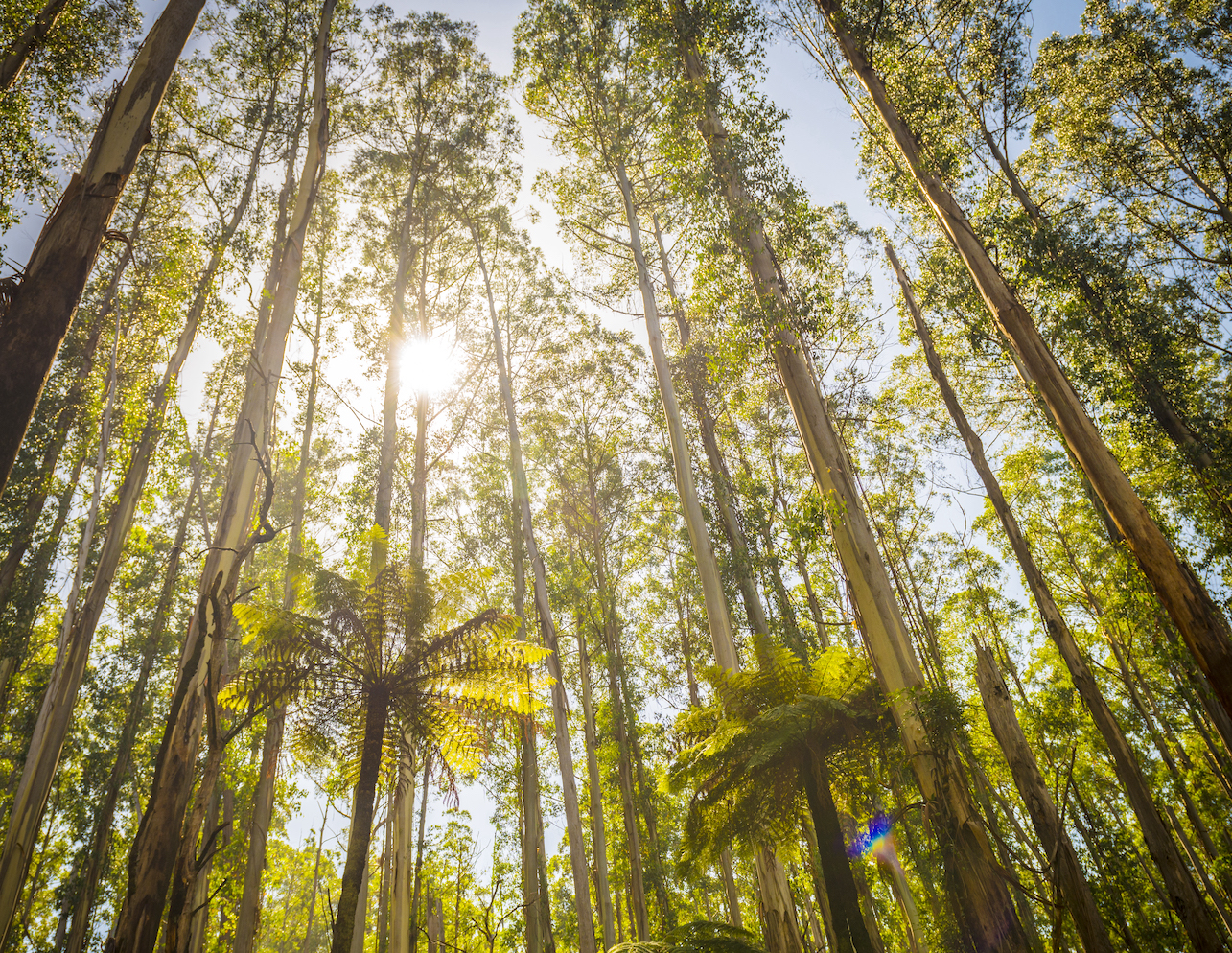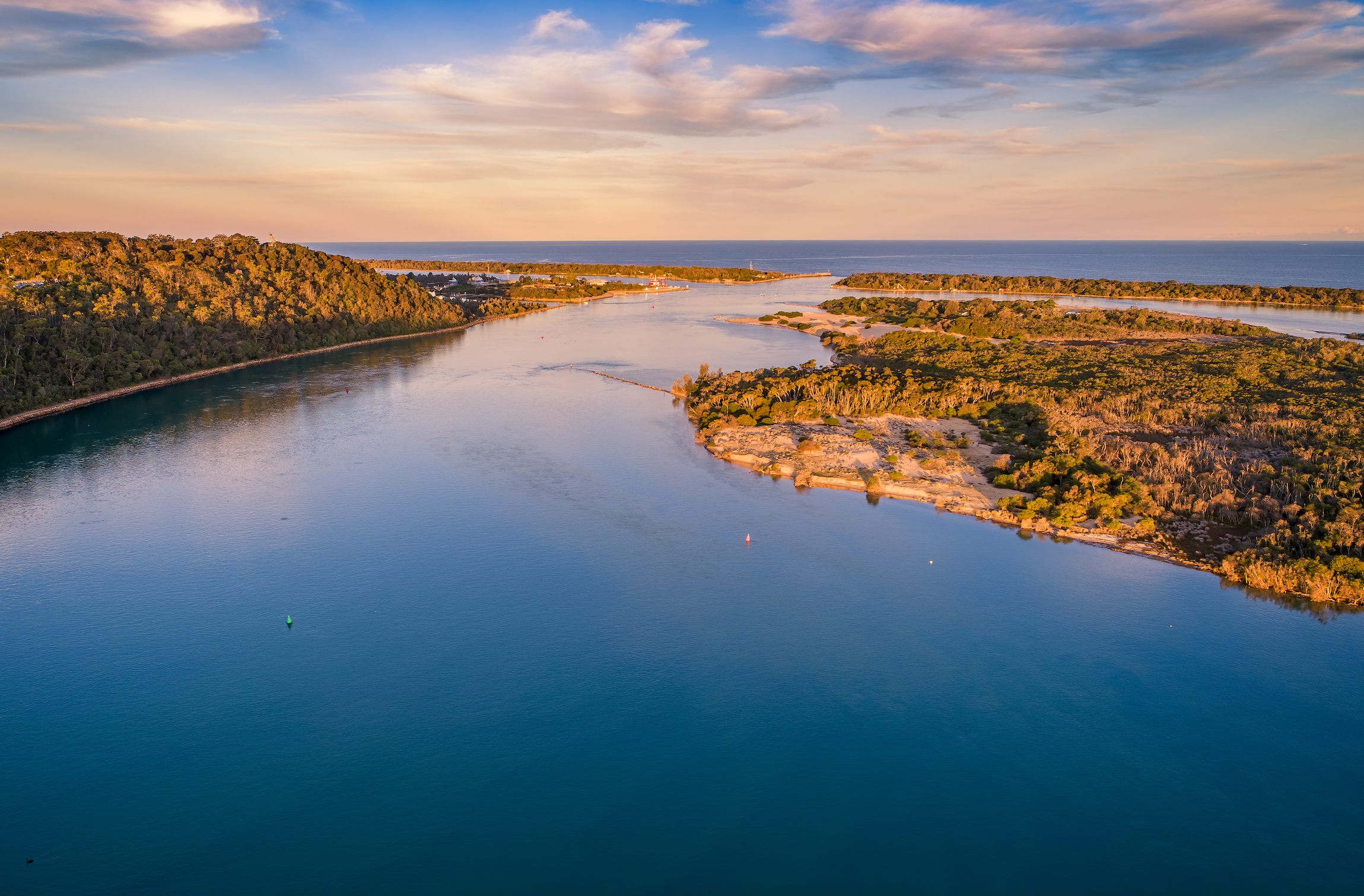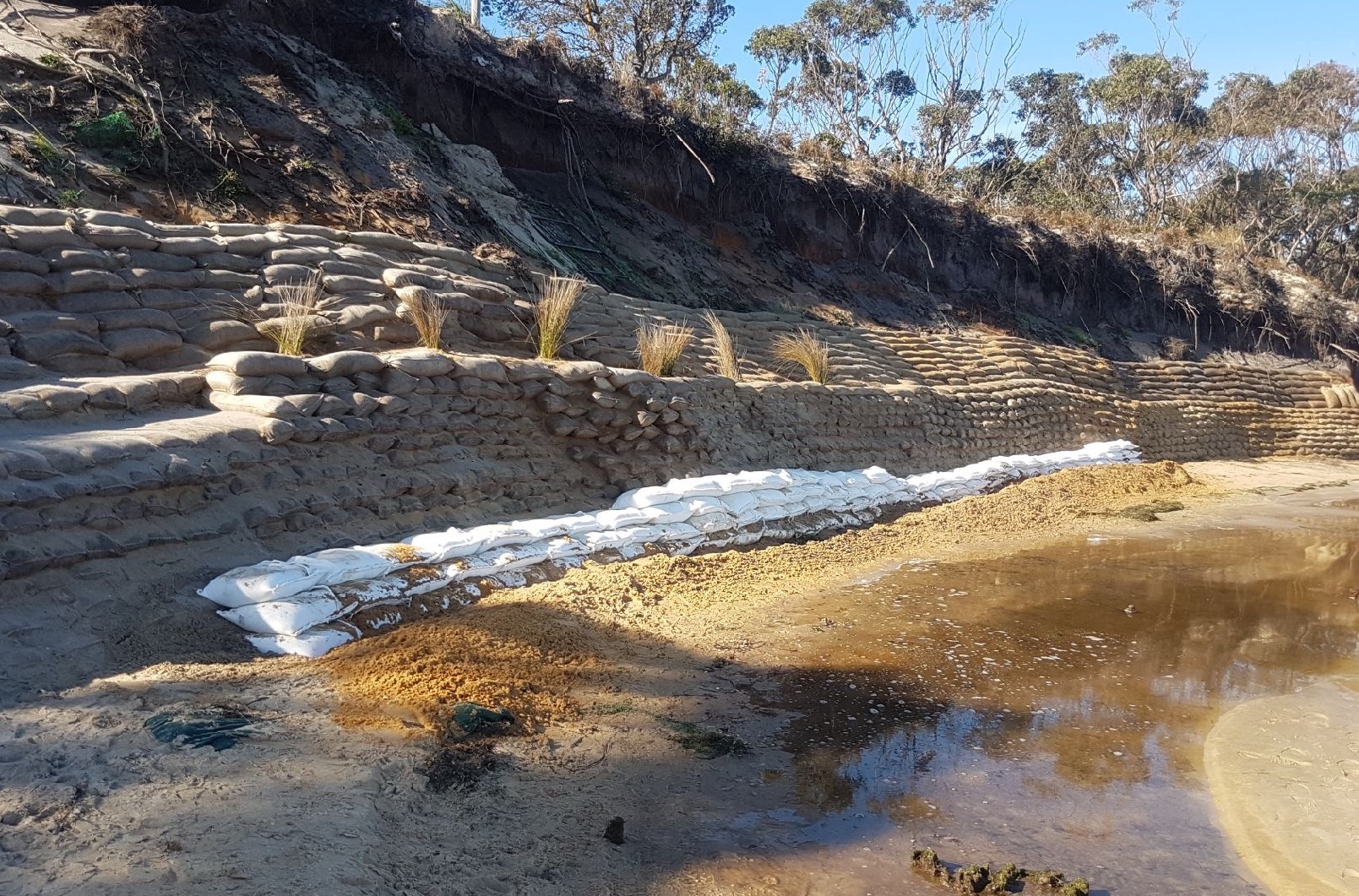
Environment
The future of our cities is Indigenous

Empowering Indigenous land management through emissions reductions and the carbon economy will have the best outcomes for people and the environment
Published 1 November 2021
Gunaikurnai are the Traditional Owners of the lands and waters of Eastern Victoria, an area that spans approximately 1.33 million hectares stretching from Warragul to Orbost, from the coast to the high country.
Five clans make up Gunaikurnai; Brayakaulung, Brataualung, Brabralung, Krauatungalung and Tatungalung. In 2010, they became one of the first Traditional Owner groups in Victoria to develop a Recognition and Settlement Agreement with the State of Victoria.

The Gunaikurnai Whole-of-Country Plan sets out the aspirations for protecting, healing and managing Country to support a healthy, happy mob – now and well into the future.
With the current focus on global and national goals to reduce greenhouse gas emissions during COP26, Gunaikurnai land management practices like cultural fire and forest management, give us the opportunity to link in with these emissions reduction ambitions.
The University of Melbourne’s School of Ecosystem and Forest Sciences has been exploring ideas for collaboration with the Gunaikurnai Land and Waters Aboriginal Corporation (GLaWAC) on forest and land management, including carbon projects.

Environment
The future of our cities is Indigenous
The aim is to help reduce future climate change, while also contributing to the economic and social wellbeing of the community.
Here in Australia, strengthened climate change policies as well as increasing government and industry commitments to emissions reduction targets of net-zero by 2050 means there are opportunities to invest in the land sector.
This investment would aim to reduce emissions and sequester carbon while also supporting economic and cultural development in Indigenous communities.
As Victoria commits to climate goals and to genuine reconciliation with Traditional Owners, investment in the land sector will play an important role in supporting community aspirations.

Land sector carbon projects are those that contribute to the reduction of Australia’s greenhouse gas emissions via (1) carbon sequestration such as increasing vegetation in the landscape or (2) emissions avoidance such as avoided deforestation.
These projects can generate carbon credits (ACCUs) through changing land management practices. ACCUs are traded in carbon markets and purchased by government, corporations or individuals to drive climate action.
These markets already provide benefits for farmers and land managers across Australia by diversifying revenue and increasing the ecological health of their land. Traditional Owners in northern Australia have benefitted from carbon projects that change burning practices in savannah woodlands.

Environment
Australia’s rivers are ancestral beings
But the ‘carbon’ component of these projects is only part of the story.
Projects that enhance carbon in the landscape can also improve biodiversity, habitats and waterways and support more resilient communities by providing income through working on Country and practising culture.
Increasingly, government policy is supporting carbon farming projects that also align with Traditional Owner aspirations for Country and self-determination. The Aboriginal Carbon Foundation (AbCF) promotes investment in carbon farming projects that delivers value for Indigenous communities.
The AbCF’s Core-Benefits Verification Framework uses Indigenous expertise and local knowledge to define and measure the social, cultural, environmental and economic outcomes from carbon credits.

Indigenous communities receive greater value for these verified carbon credits from buyers who wish to ethically align their purchases with Reconciliation Action Plans, Corporate Social Responsibility, the UN’s Sustainable Development Goals and Australia’s Closing the Gap objectives.
Gunaikurnai land management practices support integrative ecosystem health along with community resilience and wellbeing. So, projects accredited by Gunaikurnai could similarly incorporate these social, cultural and environmental core benefits.
The On-Country carbon investment opportunities identified for Gunaikurnai fall into six broad areas.

Sciences & Technology
Indigenous knowledge and the myth of ‘wilderness’
The first is revegetation carbon farming which focuses on managing land to expand and increase carbon in vegetation. As the vegetation grows, carbon is drawn from the atmosphere and stored in plants and soils.
Secondly, seed supply is a major constraint on natural regeneration and environmental plantings so seed collection for revegetation projects is a key objective. Gunaikurnai can meet this need to increase seed supply by using Traditional knowledge and On-Country seed collection.
Thirdly, there’s cultural burning – this practice can restore Traditional Lore and culture to the landscape and mitigate wildfire risk, enhance biodiversity, stimulate native seed production and increase resilience to intense wildfires.
Fourthly, there needs to be active forest management. This includes prescribed fire, cultural burns and silvicultural practices to increase forest health, recovery and resilience.

The outcomes can include reduced wildfire risk, increased carbon storage, structural diversity and water yield, and generate habitat diversity and increased biodiversity. It can also provide timber and biomass opportunities for local industries.
Fifth, biomass based industries use organic materials (often considered waste) as feedstock for new industries. These can contribute to climate change goals by replacing fossil fuels to generate heat, electricity or transport fuels or other value-add by-products.
Biomass can come from clearing of invasive species, forest thinning, timber salvaging and waste from native nursery production.

Sciences & Technology
Everything is Country
And finally, there’s blue carbon which focuses on the increased carbon in coastal ecosystems, seagrasses, salt marshes and mangroves. This investment can support Gunaikurnai aspirations for managing coastal lands and water.
Some of these opportunities can be realised more quickly than others.
Revegetation projects can be put forward for ACCUs under the Emissions Reduction Fund and associated voluntary markets, while government programs like Bushbank are available for immediate investment.
More research and information is needed to develop some of the other options. For example, there has to be a better understanding of the effects of cultural burning on carbon stocks and greenhouse gas emissions in southern Australian forests, as well as on the carbon benefits of active forest management.

Central to realising these opportunities is to develop the ‘measures of success’ framework that can guide the outcomes that the Gunaikurnai community want to see from carbon investment. This can then be used to develop a Gunaikurnai Carbon Credit.
In designing climate policy and carbon markets, it’s vital that Traditional Owner voices are central in any discussions and that their rights and cultural obligations are acknowledged and respected.
As the carbon farming industry continues to grow, we all need to consult, collaborate and establish relationships of trust with Traditional Owners built on respect for Indigenous knowledge and expertise to provide benefits for people and the environment.
Banner: Getty Images